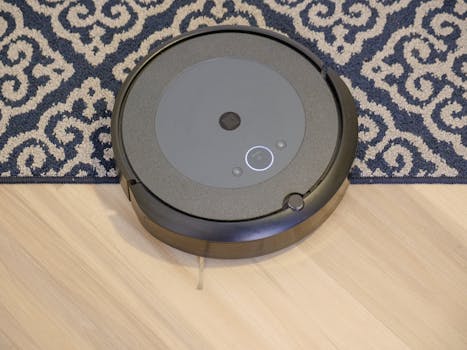
Smart Homes and Smart Living: The Technological Transformation of European Homes by 2025
Smart Homes and Smart Living is revolutionizing the way Europeans live, work, and interact with their homes. By 2025, European homes are expected to undergo a significant technological transformation, embracing smart homes and smart living. This transformation will not only make homes more convenient, efficient, and sustainable but also provide a better quality of life for its inhabitants.
Introduction to Smart Homes and Smart Living
Smart homes and smart living refer to the integration of technology and automation in homes to make them more comfortable, convenient, and sustainable. This includes the use of internet-connected devices, sensors, and artificial intelligence to control and monitor various aspects of home life, such as temperature, lighting, security, and entertainment.
Key Features of Smart Homes and Smart Living
Some of the key features of smart homes and smart living include:
- Home automation systems that can control lighting, temperature, and security
- Energy-efficient appliances and systems that reduce energy consumption
- Smart thermostats that learn and adapt to a household’s temperature preferences
- Voice-controlled assistants that can play music, set reminders, and answer questions
- Security systems that include motion detectors, cameras, and door sensors
Benefits of Smart Homes and Smart Living
The benefits of smart homes and smart living are numerous. Some of the most significant advantages include:
- Increased convenience and comfort
- Improved energy efficiency and reduced energy consumption
- Enhanced security and safety
- Increased property value
- Improved quality of life
Challenges and Limitations of Smart Homes and Smart Living
While smart homes and smart living offer many benefits, there are also some challenges and limitations to consider. Some of the most significant challenges include:
- High upfront costs
- Complexity and difficulty of use
- Privacy and security concerns
- Dependence on technology and internet connectivity
- Interoperability issues between different devices and systems
Future of Smart Homes and Smart Living in Europe
By 2025, European homes are expected to undergo a significant technological transformation, embracing smart homes and smart living. This transformation will be driven by advances in technology, increasing demand for convenience and sustainability, and government initiatives to promote energy efficiency and reduce carbon emissions.
Conclusion
In conclusion, smart homes and smart living are revolutionizing the way Europeans live, work, and interact with their homes. By 2025, European homes are expected to undergo a significant technological transformation, embracing smart homes and smart living. While there are challenges and limitations to consider, the benefits of smart homes and smart living are numerous, and this transformation will provide a better quality of life for its inhabitants.




